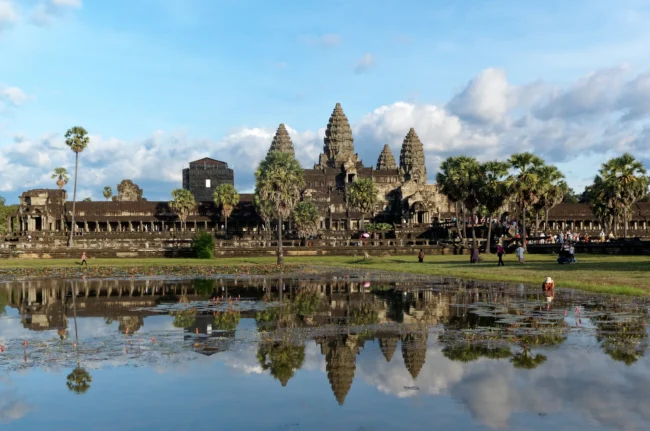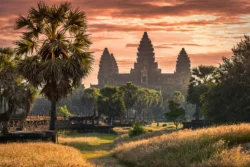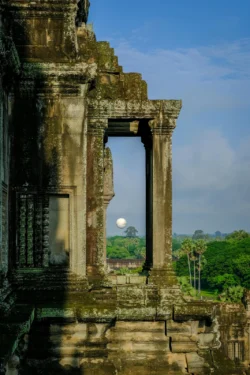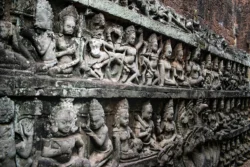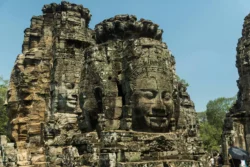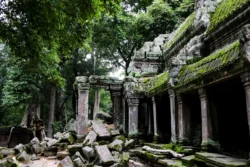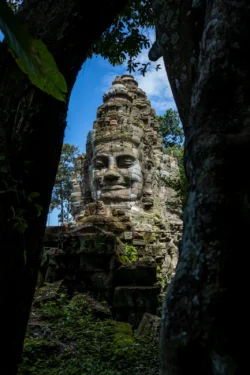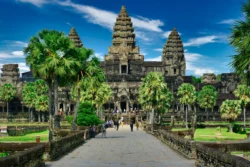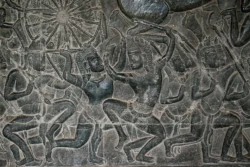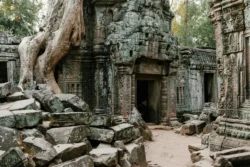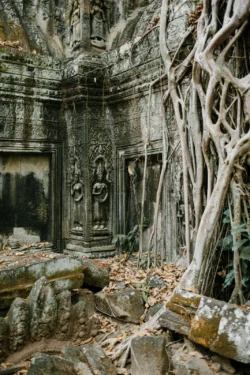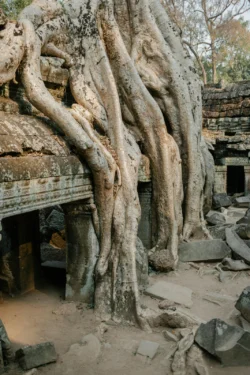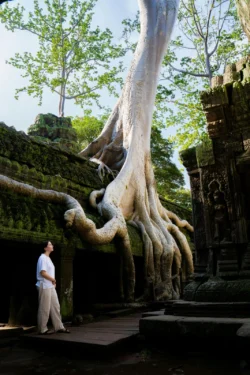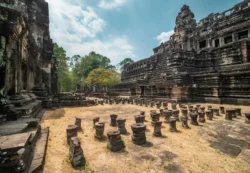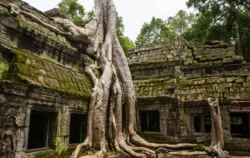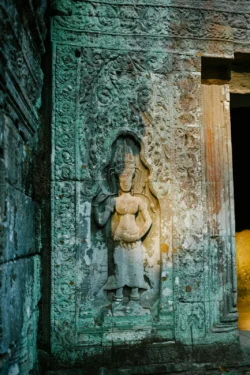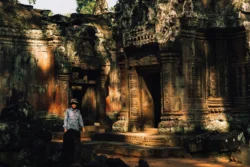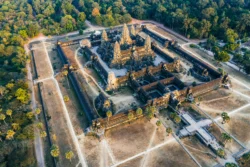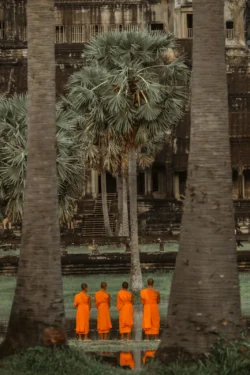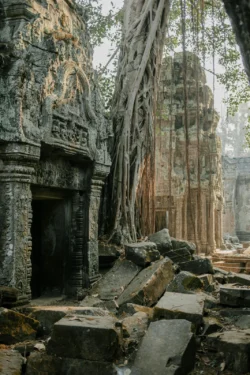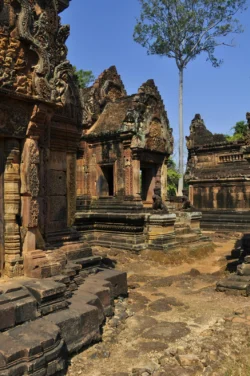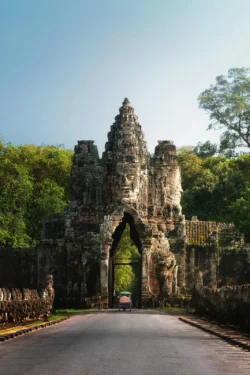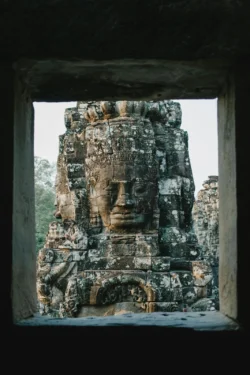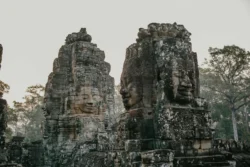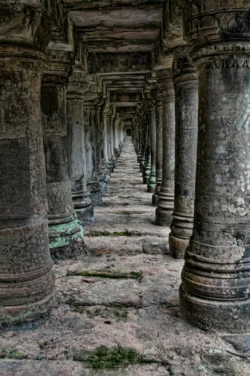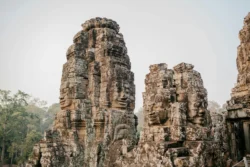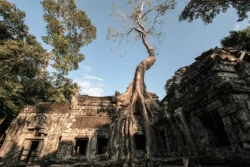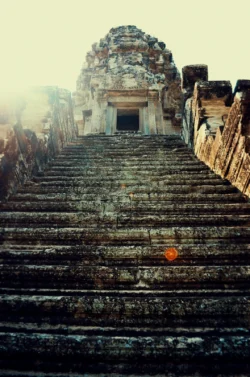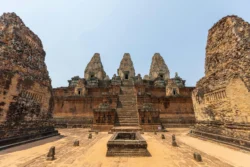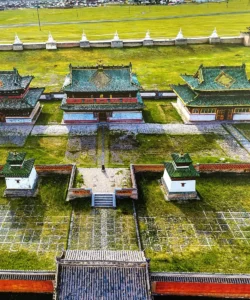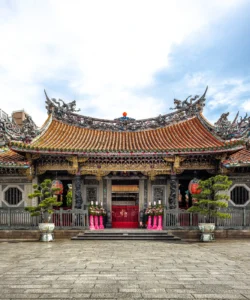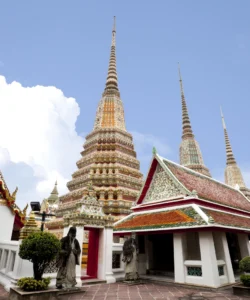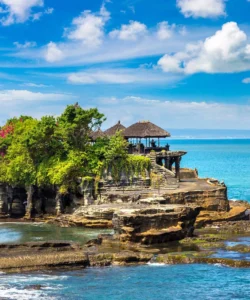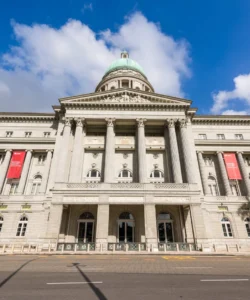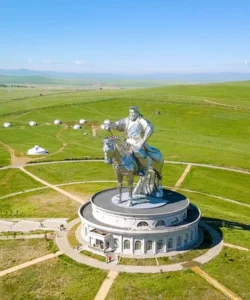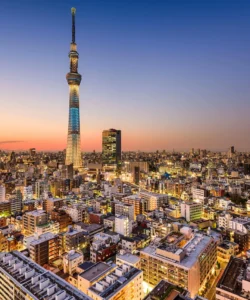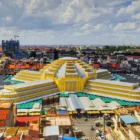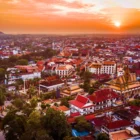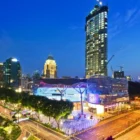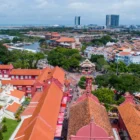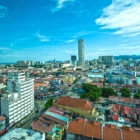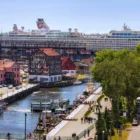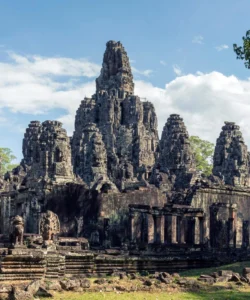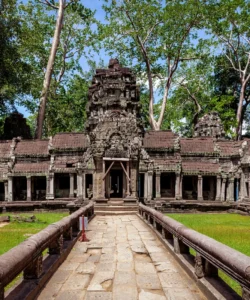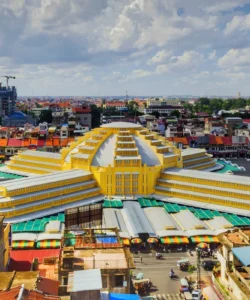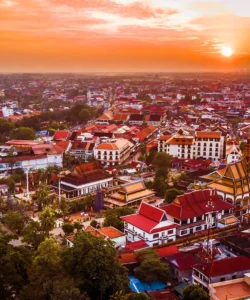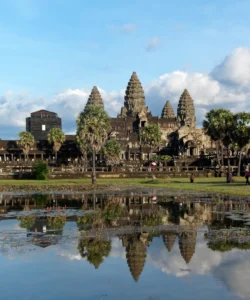Angkor Wat is not merely a temple; it is a monumental complex that stands as the crowning glory of Khmer architecture and a profound symbol of Cambodia’s rich history and spiritual heritage. As the largest religious monument in the world, it is a testament to ancient ingenuity, artistic brilliance, and the deep cosmological beliefs of the Khmer Empire.
Name: Angkor Wat (Khmer: អង្គរវត្ត, meaning “Temple City” or “City of Temples”)
Address: Angkor Wat is located within the vast Angkor Archaeological Park, approximately 6 kilometers (3.7 miles) north of Siem Reap city, in northwestern Cambodia. It is the central and most famous temple within this extensive complex of ancient ruins.
How to Get There:
Most visitors use Siem Reap as their base to explore Angkor Wat and the surrounding temples.
- By Air to Siem Reap (SAI): The most convenient way for international travelers is to fly directly into the new Siem Reap–Angkor International Airport (SAI). SAI is a significant upgrade from the old airport and handles direct flights from major regional hubs like Bangkok, Kuala Lumpur, Singapore, Ho Chi Minh City, and other cities. From the airport, it’s about a 50-minute drive to Siem Reap city center. Taxis, Grab (ride-hailing), or hotel transfers are available.
- From Siem Reap City to Angkor Wat:
- Tuk-tuk (Recommended): This is the most popular and atmospheric way to explore the temples. You can hire a tuk-tuk driver for a full day (or multiple days) to take you around the “Small Circuit” (including Angkor Wat, Angkor Thom, Ta Prohm) and “Grand Circuit” routes. Drivers are knowledgeable and can offer insights.
- Taxi/Private Car with Driver: Offers more comfort and air-conditioning, especially useful in the heat. Easily arranged through hotels or local services.
- Bicycle: For the fit and adventurous, cycling to Angkor Wat is possible (it’s mostly flat). However, the overall complex is vast, and cycling between all temples can be tiring, especially in the heat.
- Electric Bike/Motorbike: Rentals are available but check regulations as some areas may have restrictions.
- Guided Tours: Many tour operators in Siem Reap offer guided day tours that cover the main temples, including transport.
- Angkor Pass: To visit Angkor Wat and all other temples within the Angkor Archaeological Park, you must purchase an Angkor Pass. These are available in 1-day, 3-day, and 7-day options from Angkor Enterprise (the official ticket office) or sometimes online. The pass is checked at the park entrance and again at individual temples.
Landscape and Architecture:
Angkor Wat’s landscape is a meticulously designed microcosm of the Hindu universe, where architecture, art, and cosmology converge in a spectacular display.
- Vast Moat and Outer Wall: The temple complex is surrounded by a colossal 200-meter (656-foot) wide moat, symbolizing the cosmic ocean. This moat encloses a huge rectangular outer wall (approximately 1.5 km by 1.3 km), within which the main temple and its extensive grounds are situated.
- West-Facing Orientation: Unlike most Khmer temples, which face east, Angkor Wat is oriented to the west. While there’s debate, this unusual alignment suggests it might have been intended as a funerary temple for King Suryavarman II, who built it and dedicated it to the Hindu god Vishnu (associated with the west).
- Temple-Mountain and Concentric Galleries: Angkor Wat uniquely combines two fundamental elements of Khmer temple architecture: the “temple-mountain” (a stepped pyramid representing Mount Meru, the mythical home of the gods) and later concentric galleries. The temple rises in three stepped enclosures, culminating in a central tower surrounded by four smaller towers (a quincunx), symbolizing the five peaks of Mount Meru.
- Grand Causeways: A long, raised sandstone causeway with protective Naga (mythical serpent) balustrades crosses the moat from the west, leading visitors into the main temple precinct. This causeway is guarded by giant stone lions and flanked by two “libraries” and large reflection ponds, which famously capture stunning reflections of the temple, especially at sunrise.
- Extensive Bas-Reliefs: The walls of the outer galleries are adorned with an astonishing 800-meter (2,624-foot) long sequence of intricate bas-relief sculptures. These highly detailed carvings depict historical events (like Suryavarman II’s army on the march) and elaborate scenes from Hindu mythology, most famously the “Churning of the Ocean of Milk”, a Hindu creation story. These reliefs are meant to be viewed in a counter-clockwise direction, reinforcing the funerary temple theory.
- Apsaras and Devatas: Nearly every surface of the temple is covered with exquisite carvings, including thousands of Apsaras (celestial dancers) and Devatas (divine nymphs), each unique in their hairstyles and adornments.
- Laterite and Sandstone Construction: The temple was constructed primarily using sandstone blocks, quarried from the Kulen Mountains (over 30 km away) and transported by river and canal. Laterite (a local clay that hardens on exposure to air) was used for the outer wall and foundational elements. The stones were cut and fitted with incredible precision, often without mortar.
- Sophisticated Water Management: The massive moat and the vast network of canals and reservoirs (barays) within the larger Angkor complex showcase an advanced understanding of hydrology, crucial for both symbolic purposes (cosmic ocean) and practical applications (irrigation and flood control for the ancient city that once surrounded the temple).
What Makes It Famous:
- Largest Religious Structure in the World: Angkor Wat is globally recognized by Guinness World Records as the largest religious monument, covering a site of 162.6 hectares (402 acres).
- UNESCO World Heritage Site: Inscribed in 1992, the entire Angkor complex (including Angkor Wat, Angkor Thom, and many other temples) is celebrated for its exceptional universal value as an outstanding example of Khmer architecture and a testament to a great ancient civilization.
- Symbol of Cambodia: Angkor Wat is so deeply ingrained in Cambodian national identity that it is the only building featured on a national flag (Cambodia’s flag).
- Architectural Grandeur and Harmony: It represents the pinnacle of Khmer architecture, admired for its immense scale, perfect symmetry, intricate carvings, and the harmonious blend of religious symbolism (Hindu, later Buddhist) and precise astronomical alignments (e.g., its main tower aligns with the morning sun of the spring equinox).
- Iconic Sunrise View: Witnessing the sunrise over Angkor Wat, with its silhouette perfectly reflected in the serene waters of its front ponds, is a world-famous and deeply spiritual experience, drawing massive crowds daily.
- Extensive Bas-Relief Narratives: The unparalleled length and detail of its bas-reliefs, vividly depicting Hindu epics and historical events, serve as a unique ancient “storytelling in stone.”
- Continuous Use: Unlike many abandoned ancient sites, Angkor Wat has been in continuous use as a religious site since its construction in the 12th century, transitioning from Hinduism to Buddhism, which has contributed to its remarkable state of preservation.
Differences from Some Other Wonders:
- Largest Religious Structure: Its sheer scale as the world’s largest religious building sets it apart from other famous temples like Borobudur (largest Buddhist temple) or Prambanan (largest Hindu temple in Indonesia), which, while massive, are smaller in overall footprint.
- Hindu-Buddhist Synthesis: Unlike sites that remain purely Hindu (Prambanan) or Buddhist (Borobudur), Angkor Wat exhibits a fascinating transition and synthesis of both Hindu and later Mahayana Buddhist iconography and architectural elements, reflecting shifts in religious influence over centuries.
- West-Facing Orientation: Its unusual westward orientation (contrasting with the typical eastward alignment of most Hindu temples) hints at its primary purpose as a funerary temple, making its layout unique.
- Integrated with a Vast Archaeological Park: Angkor Wat is only one, albeit the most famous, part of the much larger Angkor Archaeological Park, which contains hundreds of temples, reservoirs, and ancient city remains, offering an immense and diverse exploration experience that a single monument cannot.
- Symbolism on a National Flag: Its unique status as the only building to appear on a national flag (Cambodia’s) highlights its profound and singular national identity.
- Sophisticated Water Management on a Grand Scale: The intricate system of moats and barays (reservoirs) demonstrates an exceptional understanding of hydrology, integral not only to the temple’s stability but also to sustaining the ancient Khmer capital, a feat of engineering for a large-scale ancient civilization.
- Rainforest Integration: While some temples are cleared, others in the Angkor complex (like Ta Prohm) are famously left with giant tree roots growing over and through their stone structures, showcasing nature’s powerful embrace of ancient architecture, a raw beauty not typically seen in more manicured historical sites.
Angkor Wat Photos:
